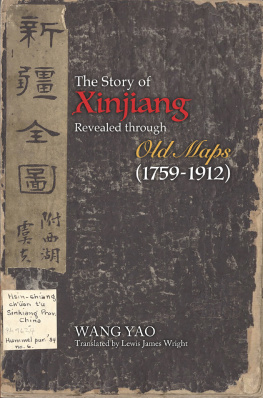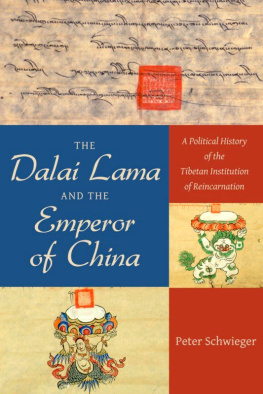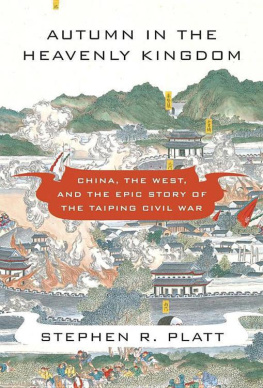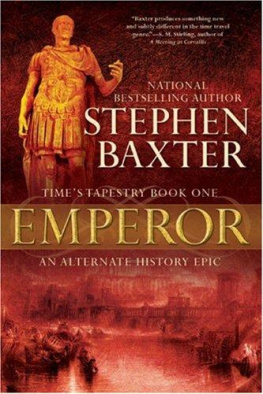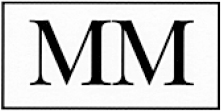Where Dragon Veins Meet
Where
Dragon Veins
Meet
The Kangxi Emperor and His Estate at Rehe
STEPHEN H. WHITEMAN
University of Washington Press
SEATTLE
| Where Dragon Veins Meet is made possible by a collaborative grant from the Andrew W. Mellon Foundation. |
| Publication of this book has been aided by a grant from the Millard Meiss Publication Fund of the College Art Association. |
This publication was also supported by grants from the Australian Academy of the Humanities, the Chiang Ching-kuo Foundation for International Scholarly Exchange, the Courtauld Institute of Art, the Foundation for Landscape Studies, the Metropolitan Center for Far Eastern Art Studies, and the School of Literature, Arts, and Media at the University of Sydney.
Copyright 2020 by the University of Washington Press
Composed in Arno Pro, typeface designed by Robert Slimbach
24 23 22 21 205 4 3 2 1
Printed and bound in Korea
All rights reserved. No part of this publication may be reproduced or transmitted in any form or by any means, electronic or mechanical, including photocopy, recording, or any information storage or retrieval system, without permission in writing from the publisher.
UNIVERSITY OF WASHINGTON PRESS
uwapress.uw.edu
LIBRARY OF CONGRESS CATALOGING-IN-PUBLICATION DATA ON FILE
LC record available at https://lccn.loc.gov/2019018120t
ISBN 978-0-295-74580-0 (hardcover), ISBN 978-0-295-74581-7 (ebook)
FRONTISPIECE: Wang Hui et al., The Kangxi Emperors Southern Inspection Tour, 1698, scroll 9, Shaoxing and the Temple of Yu. Detail of handscroll, ink and color on silk, 67.8 2227.5 cm. Provided by the Palace Museum, Gu6302. Photo by Hu Chui.
Record of Traveling at the Invitation of the Emperor is excerpted by permission. 2016 Dumbarton Oaks Research Library and Collection, Trustees for Harvard University. Originally published in Thirty-Six Views: The Kangxi Emperors Mountain Estate in Poetry and Prints, Richard E. Strassberg and Stephen H. Whiteman. Translation of Record of Touring the Rehe Rear Garden at Imperial Invitation by Stephen H. Whiteman. A close version of chapter 2 originally appeared as Kangxis Auspicious Empire: Rhetorics of Geographic Integration in the Early Qing, in Chinese History in Geographical Perspective, edited by Jeffrey Kyong-McClain and Du Yongtao (Lanham, MD: Lexington Books, 2013).
The paper used in this publication is acid free and meets the minimum requirements of American National Standard for Information SciencesPermanence of Paper for Printed Library Materials, ANSI z39.481984.
For my parents
Even in my youth, I seem to have been seeking evidence that the mind is a place best viewed from borderlands.
GERALD MURNANE, Border Districts
Contents
Illustrations
Acknowledgments
AMONG THE GREATEST PLEASURES of research are the debts of gratitude it incurs, and the collegiality and friendships those debts recall. Across four continents, countless hours in museum stores, library stacks, and rare book rooms, and many joyful meals and garden walks, these relationships have sustained me and enriched my life and work beyond measure.
My first thanks are to my teachers. With his unfailingly perceptive eye and perhaps even more perceptive ear, Richard Vinograd never asked the expected question but always the most thought-provoking one. Ever curious, he taught me that a life of scholarship is a life of learning. Matthew Sommer not only guided me through the history and historiography of the Qing, he also empowered me to believe that an art historian is first and foremost a historian, that images document the past just as surely as texts, and that I was capable of achieving what I had set out to do. From my first lecture at university, Maggie Bickford instructed me to look and to challenge myself to describe what I see. Her most essential questionHow do you know?has shaped my research ever since.
Many colleagues have contributed directly and indirectly to this project. At Stanford University, Kenneth Koo, Lo Hui-chi, Ma Ya-chen, Mei Yunchiu, Naomi Nagano, Pauline Ota, Shang Kela, Hilary Snow, Erica Yao, and especially Quinn Javers offered a rich intellectual and personal community. I have continually been inspired by the wisdom and camaraderie of my fellow Qing art historians, including Chen Kaijun, Wen-Shing Chou, Lisa Claypool, John Finlay, Philip Hu, Kristina Kleutghen, Yeewan Koon, Lai Yu-chih, Liu Lihong, William Ma, Michele Matteini, Wang Cheng-hua, Wang Ching-ling, Wang Lianming, and Roberta Wue. This project was truly born during my year as a Junior Fellow in Garden and Landscape Studies at Dumbarton Oaks Research Library and Collection, where I was immersed in the creative breadth of landscape studies as a distinct yet complementary field to art history. Grey Gundaker and Michael Lee were particularly important interlocutors and mentors for me.
My time at the Center for Advanced Study in the Visual Arts (CASVA) allowed me to develop many of the central arguments in this book in a rich conversation across disciplines. I am especially grateful to Caro Fowler and Meredith Gamer for their critical eyes and unfailing support. At Middlebury College, Anne Kelly Knowles and Rivi Handler-Spitz introduced me to ideas that fundamentally altered the direction of my research, and their intellectual and methodological influence on me runs throughout this book. Colleagues and friends throughout the University of Sydney have generously supported my research in a variety of ways, offering feedback and mentorship, and making periods of leave possible by covering my teaching and service. I owe special thanks to Donna West Brett, Mark De Vitis, Yvonne Low, and Adrian Vickers.
Access to collections and expertise around the world has been critical to my research. Christer von der Burg, Sren Edgren, and Raymond Yip all generously shared books in their personal collections. Stephen Allee of the Freer | Sackler, Chen Yunru and Hsu Yuan-Ting of the National Palace Museum, Katharina Kaska of the Dresden Kupferstich-Kabinett, Li Li of the Shenyang Palace Museum, Liu Ning of the Liaoning Provincial Museum, Frances Wood of the British Library, Yan Yong and Zhang Shuxian of the Palace Museum (Beijing), and Zhang Binchong of the Bishu Shanzhuang Museum allowed me to see works in their care and shared with me their research and expertise. My thanks also to the curatorial and library staffs of the Bibliotheca Nazionale di Napoli, Bibliothque nationale de France, Bodleian Library, Dumbarton Oaks Research Library and Collection, Harvard-Yenching Library, Los Angeles County Museum of Art, Nelson-Atkins Museum of Art, New York Public Library, Osaka City Museum of Fine Arts, Philadelphia Museum of Art, Royal Asiatic Society, and the libraries of the Freer | Sackler, National Palace Museum, University of California, Berkeley, and Johns Hopkins, Princeton, Stanford, and Sydney Universities.


